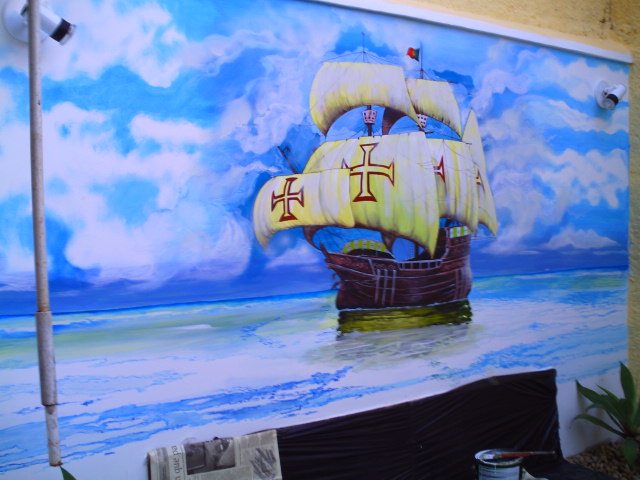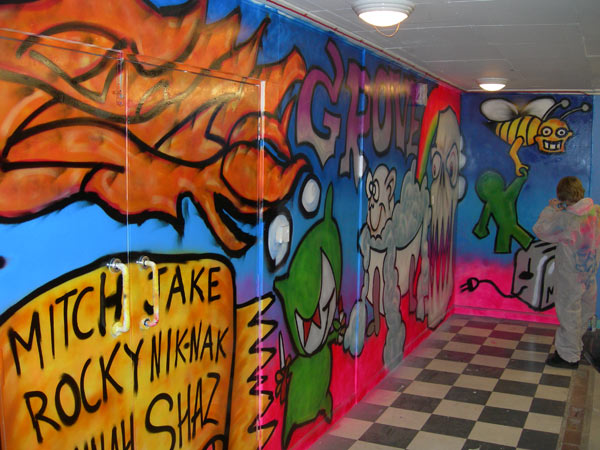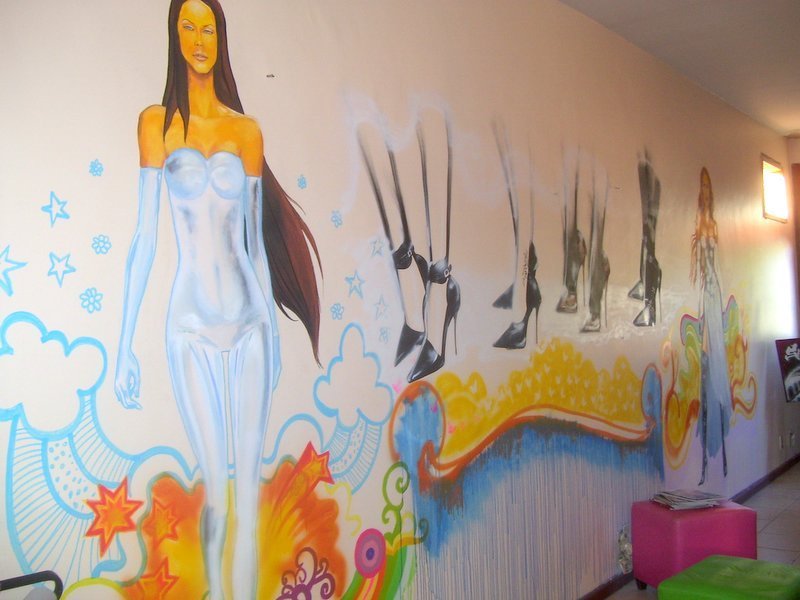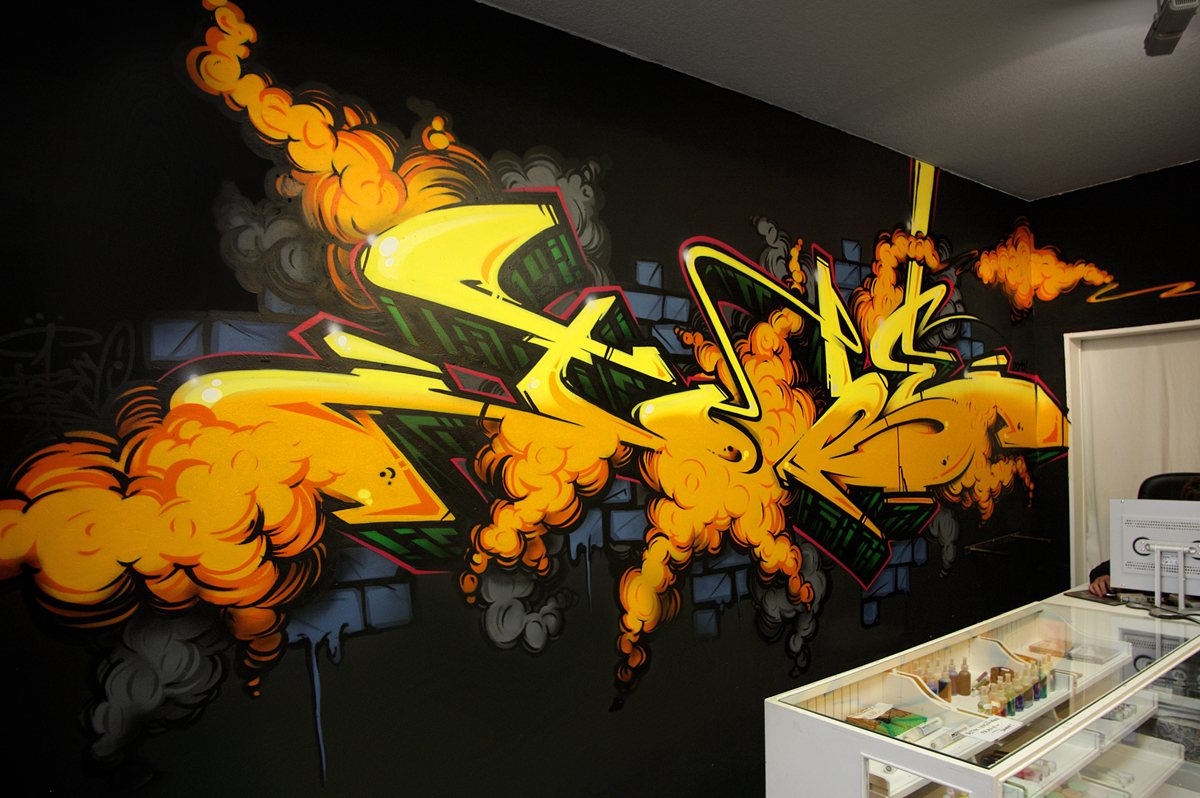The fluid movement, colors and creative passion used in creating traditional urban street graffiti has elevated its status to 'legitimate art form'. Prominent galleries around the world now display graffiti artwork alongside better known styles like impressionism, realism and cubism. Highly sought after graffiti artists, such as the British street artist, Bansky, are revered and celebrated alongside Dali, Picasso, Renoir and Rockwell.
How did this happen? Appreciation of a style that dates back to the Roman Empire and represents images painted in unique ways or simple words - did not happen overnight. Long considered an act of vandalism of public property, graffiti has had more critics than supporters, until recently. Why the tectonic shift? Because today's graffiti offers a look and style more representative of today's fast paced and ever changing technology and social scenes. Often the statements reflected in the art work are relevant to current political upheaval or cultural changes and are presented in appealing new styles of 3D effects or collages of colors and images. They are pertinent and appealing to a generation in their twenties, thirties and forties, who about to inherit leadership roles.
These generations that accept graffiti as a valid art form are actively looking to include it in their personal collections. Of course no one can take a block of concrete (think graffiti laden Berlin Wall) and install it in their living room. Instead, many fine artists today are incorporating the techniques they've picked up from urban graffiti street artists for use in their own work. Graffiti styles can now be found in drawings, paintings and prints - and are often hung in places of prominence - the hallway, the living room and dining room. Even forward thinking businesses, particularly in the tech community, are hanging graffiti as representative of their companies acceptance of an art form that allows bold, colorful expressive imagery to invigorate the work environment.
















No comments:
Post a Comment